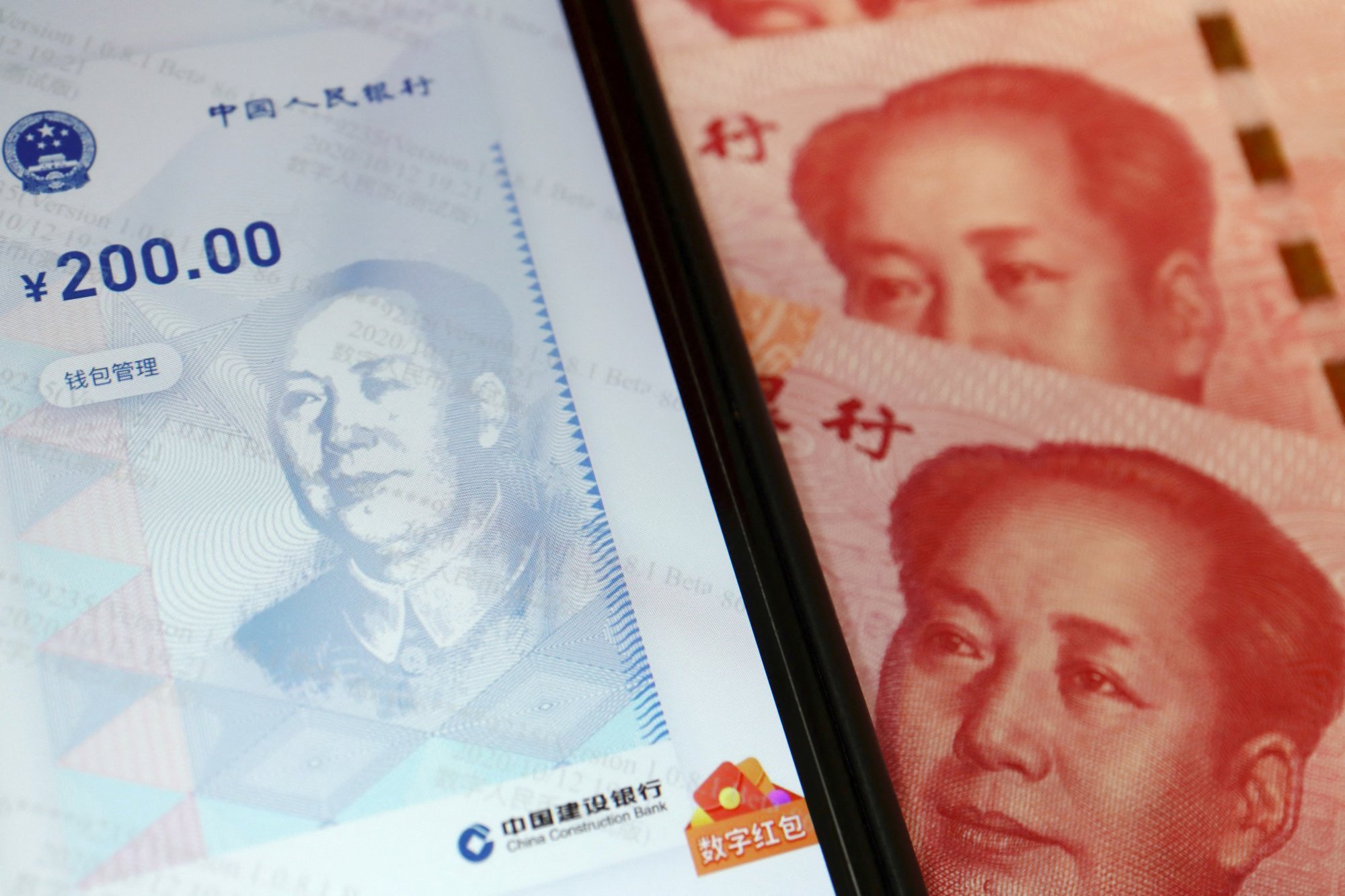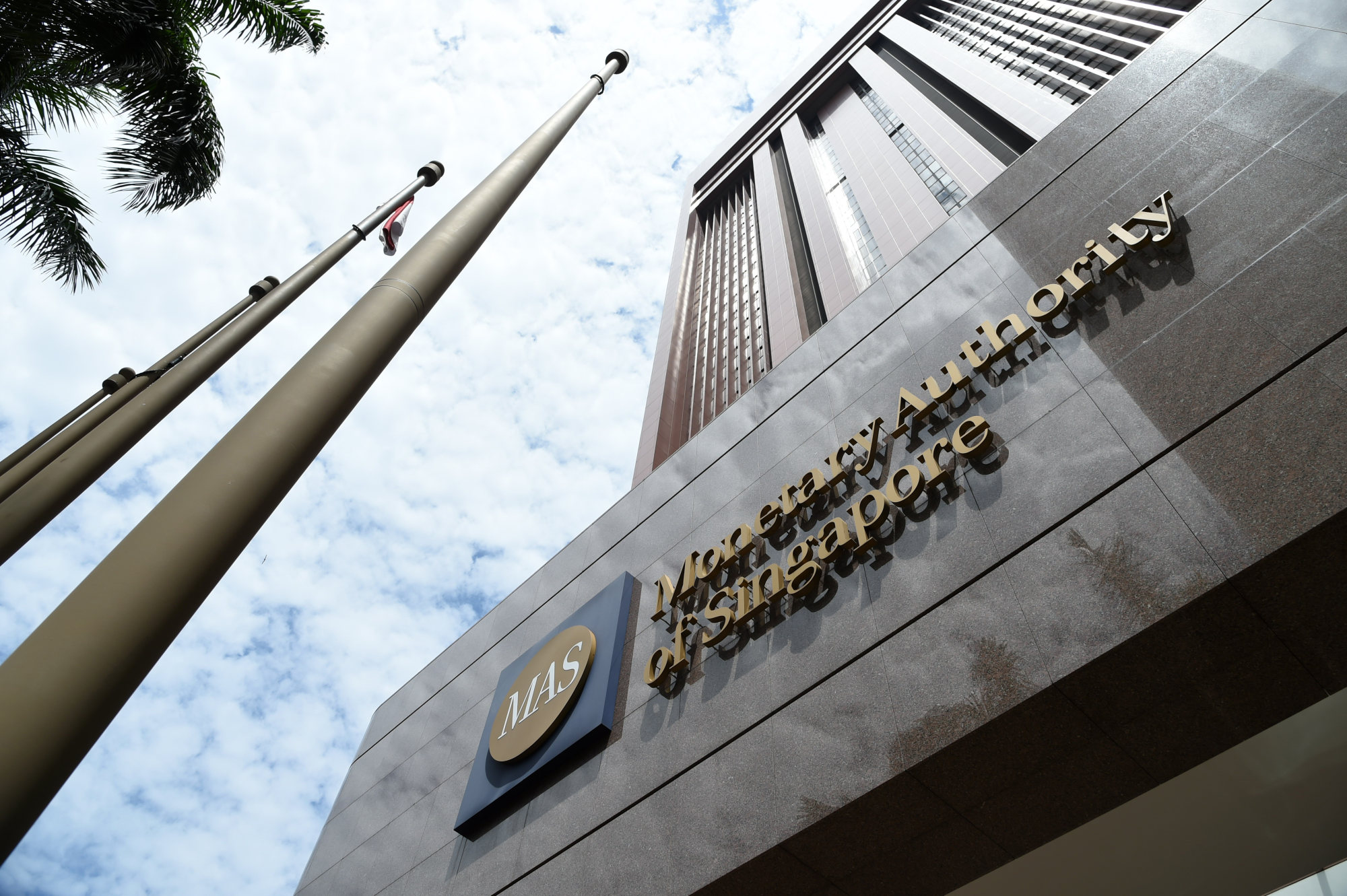
Why crypto fans in Singapore, Malaysia and elsewhere are upbeat despite the crash and looming regulation
- A massive market meltdown has sent cryptocurrencies tumbling, with bitcoin losing about 70 per cent of its value in recent months
- Analysts say smaller start-ups working in the space could be forced to close – though advocates of crypto, decentralised-finance and NFTs remain hopeful
The move, director Adrian Tan explained, was driven by his belief that the city state’s nightlife industry should be at the forefront of adopting new technologies.
“We adopted e-ticketing for all our events pre-pandemic so e-payments and paperless transactions are not foreign to our attendees,” he said. “With the introduction of crypto payments, we are hoping to reach out to a younger and more tech-savvy crowd.”
Cryptocurrency payments are certainly not the norm in the Asian financial hub, but more businesses have been venturing into the space as residents warm up to digital currencies.
In announcing the development, Chief Operating Officer Keith Wong said it was part of the company’s “holistic digital strategy”. “We’re eager to push the boundaries between traditional retail and the digital world,” he said.
Hong Kong and Singapore may have solutions for the world’s bitcoin problem
Singapore-based customers accounted for almost three-quarters of the company’s total cryptocurrency transactions across all markets.
Indeed, cryptocurrency has gained considerable traction in Asia over the past year. But the recent cryptocurrency meltdown could throw a spanner in the works, analysts say.
Last month, bitcoin – the most valuable cryptocurrency – plunged below US$20,000 for the first time since 2020, losing about 70 per cent of its value. It only recently started showing tentative signs of recovery.
Analysts suggest this so-called crypto winter could wipe out smaller firms in the industry, as it poses some tough questions – including whether virtual currencies are a bubble waiting to burst, as critics have long argued.

Microsoft co-founder Bill Gates said last month that cryptocurrencies were “100 per cent based on greater fool theory”, in reference to the idea that overvalued assets can be sold on for a profit so long as there is someone else foolish enough to buy them.
Still, there could be a silver lining. Analysts have suggested there are lessons to be learned from the fast-sinking market and say it may hasten the adoption of new rules to govern the industry, which is still largely unregulated.
Asia’s crypto craze
NFTs, or non-fungible tokens, are one-of-a-kind digital assets that represent real-world items. They can only have one official owner at a time and are secured by a unique digital signature on the blockchain – the same technology that’s behind most cryptocurrencies.
Howie Kim, a 31-year-old visual artist in Singapore, started experimenting with NFTs late last year. “At first the idea of it was very foreign to me but I eventually decided to try it because … as an artist, I am just looking out for new mediums and new experiences,” he said.
His works – four of which he has since sold as NFTs – are both whimsical and fantastical.
“At one point, everyone was talking about NFTs and every brand wanted to put out their own. I think that with the pandemic and everything going digital, it definitely enforced the conversation around NFTs and crypto,” Kim said.

In Singapore, the buzz around NFTs culminated in MetaJam Asia, a digital art festival running from May through July – the city state’s first
Organisers said they hoped that the event, which features more than 10,000 NFTs and other digital assets, would bring enthusiasts together and educate those new to the space.
“Singapore has become a bustling hub in the crypto space with many communities sprouting up. As crypto adoption accelerates, events like these are essential,” said Jacky Yap, co-organiser of the event.
Yusho Liu, CEO of cryptocurrency exchange Coinhako, told This Week In Asia that interest in cryptocurrencies and related ecosystems, such as NFTs and decentralised financial or DeFi services, had increased significantly of late.
Coinhako’s total trading volume was up 1,200 per cent in 2021 compared to the previous year and account openings grew by 522 per cent. As of June this year, the platform had more than 400,000 registered users.
“We are slowly seeing widespread adoption of cryptocurrency in the broader Asia region,” Liu said.
Will turning art into NFTs make them as obsolete as CDs?
And it’s not just Coinhako. Other cryptocurrency service providers have also been setting up shop in the region.
Binance, the world’s largest cryptocurrency exchange, entered into a joint venture with Thai power company Gulf Energy Development this year and was reportedly applying for a licence to operate in Thailand. Rival exchange Coinbase, meanwhile, debuted in Japan last year.
NFTs and other digital assets have also been selling fast in India, largely driven by celebrities and actors, while the widespread high adoption of cryptocurrencies in Vietnam – where more than 6 million people own digital assets, according to data from cryptocurrency payment firm Triple A – has been attributed to the country’s vibrant gaming scene.
‘Fatal’ crypto winter
Yap, the co-organiser of MetaJam Asia, said he had noticed a dip in interest across the board, with fewer new players entering the cryptocurrency space.
“People are not as excited about bitcoin when it is US$20,000 than they are when it is US$60,000,” said Zennon Kapron, director of fintech research and consulting firm Kapronasia.
Bitcoin hit a record high of US$68,000 last year.
A lot of the base-level retail interest in crypto just isn’t there because it’s no longer a guaranteed win
“A lot of the base-level retail interest in crypto just isn’t there because it’s no longer a guaranteed win,” Kapron added.
Tan, the founder of events company Hypertainment, said he believed that people were paying with cryptocurrencies as they sought to offload their digital assets.
Another clear illustration of the onset of a “crypto winter” came as powerhouses such Coinbase and Gemini laid off staff in recent months.
Singapore-headquartered digital currency exchange Crypto.com slashed 260 jobs – or about 5 per cent of its headcount – last month.
Kapron said companies had been grappling with a slew of macroeconomic challenges even before the meltdown, including soaring interest rates and inflation.
“This is certainly a more challenging environment than in 2021, when we saw oversubscribed capital raises and bullish speculation flooding the ecosystem,” said James Gordon, a partner at Oliver Wyman’s digital and financial services arm.
Cryptocurrency markets have been suffering significant capital losses and ongoing liquidity issues this quarter, he said.
Total market capitalisation for cryptocurrencies is now below US$1 trillion, compared to a high of US$3 trillion in November last year.

This slump means that for companies without sufficient capital, or for those that were looking to capitalise on speculative growth, “the crypto winter could be fatal”, Gordon said.
“Quick-to-market projects designed to cash in on the NFT boom or start-ups looking for their next funding round without strong connections into venture capitalists will be scrambling if the bear market continues,” he said.
Investors and venture capitalists would likely be more cautious and targeted when deploying capital, Gordon said – particularly if past investments were vulnerable to extended stress.
“Even for the strongest NFT projects, there is simply less capital in the ecosystem, reduced liquidity in NFT marketplaces, and worse exchange rates back to fiat, meaning primary and secondary revenues for developers and artists will be structurally lower than what they enjoyed last year,” he said.
On the other hand, he said businesses that are more well-established, have sufficient reserves and have long-term utility value could use the chance to focus on their services and gain greater market share.
A crypto ‘bubble’?
While the meltdown raised tough questions over whether the industry was a “bubble” waiting to burst, Gordon said he felt otherwise. “Crypto sceptics suggest market conditions point to the end of the ecosystem but it’s likely a more complex story,” he said.
Reasons for optimism included the fact that well-capitalised funds were taking the opportunity to gain stakes in businesses with negative cash flows, he said, adding that despite the lay-offs, there had also been an uptick in hiring in other parts of the ecosystem.
Kapron said it was “too early” to conclude that the cryptocurrency industry was a bubble. “You only know it in hindsight,” he said.
Coinhako’s Liu maintained that the meltdown was part of a broader economic cycle – a view adopted by cryptocurrency advocates – and that things could soon look up.
Markets in general are cyclical and this is equally expected of the crypto market
“Markets in general are cyclical and this is equally expected of the crypto market. It is also understandable for users and investors to be more cautious with trading during these trying times.”
Yap of MetaJam Asia held similar views: “As with all economic cycles, this cycle’s low will pass too. With more NFT and crypto innovative use cases, we will definitely see more people coming into the space.”
Gordon, the Oliver Wyman partner, said the crash had highlighted gaps in consumer protection, adding that there were still opportunities for the industry to seize as investors flocked to safety.
Banks could capitalise on the fragility of the existing infrastructure and offer “custodial solutions” for digital assets, for instance, leveraging the trust consumers have in them and their ties with regulators.
From Syahrini’s NFTs to Axie Infinity, Southeast Asia’s metaverse is opening up
“That’s just the tip of the iceberg for banks. The maturity of the underlying technology supports a wide range of propositions from payments to tokenisation to trading,” he said. “Some of the best projects and businesses emerged from the last market downturn.”
Central banks, meanwhile, could use the cryptocurrency meltdown to focus on erecting regulatory parameters and putting necessary frameworks in place. They could also plug the gap with cryptocurrency firms and accelerate the launch of central bank digital currencies, Gordon said.

But fintech consultancy director Kapron stressed that the cryptocurrency meltdown could also pave the way for stricter rules.
“If anything, this crash highlighted to regulators the need for regulation to fundamentally protect retail investors,” he said. “It’s a balancing act.”
He cited the case of Singapore, where authorities recognise that digital assets can be an avenue of growth for the city state’s financial industry, but are cautious about exposing its residents to risks at the same time.
In January, the Monetary Authority of Singapore published a set of guidelines which, among other things, banned cryptocurrency advertising, in a bid to discourage trading.

“It’s a fine balance that the regulators need to find but certainly this downturn has brought that priority more into focus. It’s something that they certainly need to look at,” Kapron said.
Singapore’s central bank had been consistent in supporting the digital economy, including attracting well-run cryptocurrency businesses, Gordon said. It recently issued a handful of in-principle approvals for cryptocurrency firms including Crypto.com to operate in the city state.
He said growing market pressures could actually make the regulators’ role easier as market participants become more aware and focused on managing risks.
While Singapore has broadly outlined its approach on governing cryptocurrencies, analysts said this was not the case in other countries.
“We have had many different economies flip back and forth on whether crypto is allowed … Even now, it’s a bit confusing as to what the legal status is in some countries,” said Kapron.
In Asia’s virtual future, will one metaverse emerge to rule them all?
“There is considerable work required by regulators around the globe to establish a perimeter and specific guidance for their respective jurisdictions,” Gordon said, adding that many regulators have not been as transparent as Singapore about their cryptocurrency stance.
“With major jurisdictions increasingly clear on their direction of travel, policymakers advocating for regulation to protect consumers in the wake of recent losses, increasing regulatory collaboration across jurisdictions, and market participants pushing for clarity, we should expect to see an acceleration of digital asset regulation ahead of us,” he said.

